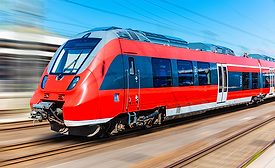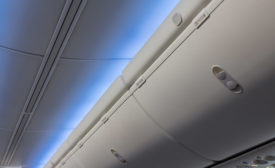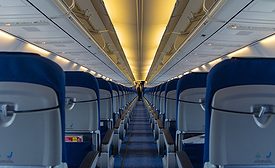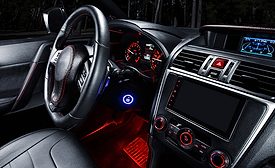Home » adhesives in transportation
Articles Tagged with ''adhesives in transportation''
From the Editor
From complex electronics assemblies to lightweighting and beyond, the incorporation of adhesives and sealants in transportation applications is expanding.
Read More
Silicone Adhesives for Lifetime Performance in Vehicle Electrification and Autonomy
Module joint design, adhesive selection, substrate choice, and combined mechanical and environmental stresses in the field all impact the longevity of the protective seal on a vehicle's electronic part.
January 27, 2021
HUNTSMAN: High-Performance Adhesive Range
The ARALDITE Adhesive Core Range consists of three technologies: epoxy, acrylic, and polyurethane.
January 5, 2021
Top 20 ASI Podcasts of 2020
Listed here are the 20 most-downloaded Bonding with ASI podcasts of 2020.
December 17, 2020
Construction Projects in Emerging Markets Projected to Help Drive Demand of UV Adhesives
The construction industry is projected to offer lucrative opportunities for the UV adhesives market in the near future.
November 19, 2020
FLEXCON: Flame-Retardant Adhesive
FLEXcon’s V-59FR is recommended for aerospace and automotive applications.
November 11, 2020
Bostik Inaugurates New Industrial Adhesives Plant in Japan
According to Arkema, this investment represents a new step in the geographical strengthening of Bostik and confirms the company’s commitment to developing innovative and sustainable products.
September 22, 2020
Product Profile
B-Staged Epoxy Meets Airbus Standards for Flame Retardancy and Toxicity
Adhesives and sealants must meet stringent requirements for use in aircraft and other applications.
June 17, 2020
Kisling Structural Adhesives Receive Fire-Related Certifications for Rail Transport
Kisling selected a number of its adhesives to be extensively tested in a special fire laboratory.
April 13, 2020
MACTAC INDUSTRIAL TAPES: High-Performance Acrylic Adhesive Tape
Macbond HBA724 (IB7372-74) is designed for a wide range of industrial mounting, bonding, and assembly applications.
January 15, 2020
Keep the info flowing with our eNewsletters!
Get the latest industry updates tailored your way.
JOIN TODAY!Copyright ©2024. All Rights Reserved BNP Media.
Design, CMS, Hosting & Web Development :: ePublishing










